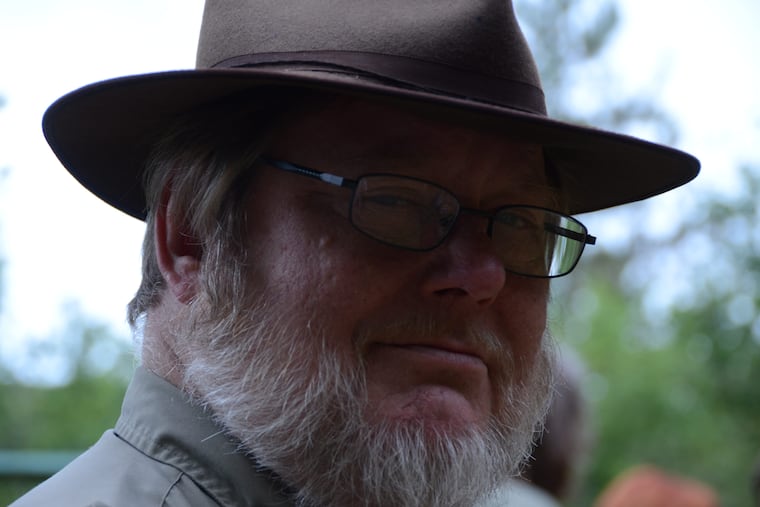Harold L. Dibble, 66, Penn archaeologist who led discovery of ‘world’s oldest child’
Dibble has led 11 excavation sites in France, Morocco, and Egypt over the past few decades, including one in 2009 in which the cranial bones of the "world's oldest child" dating back 108,000 years were discovered.
